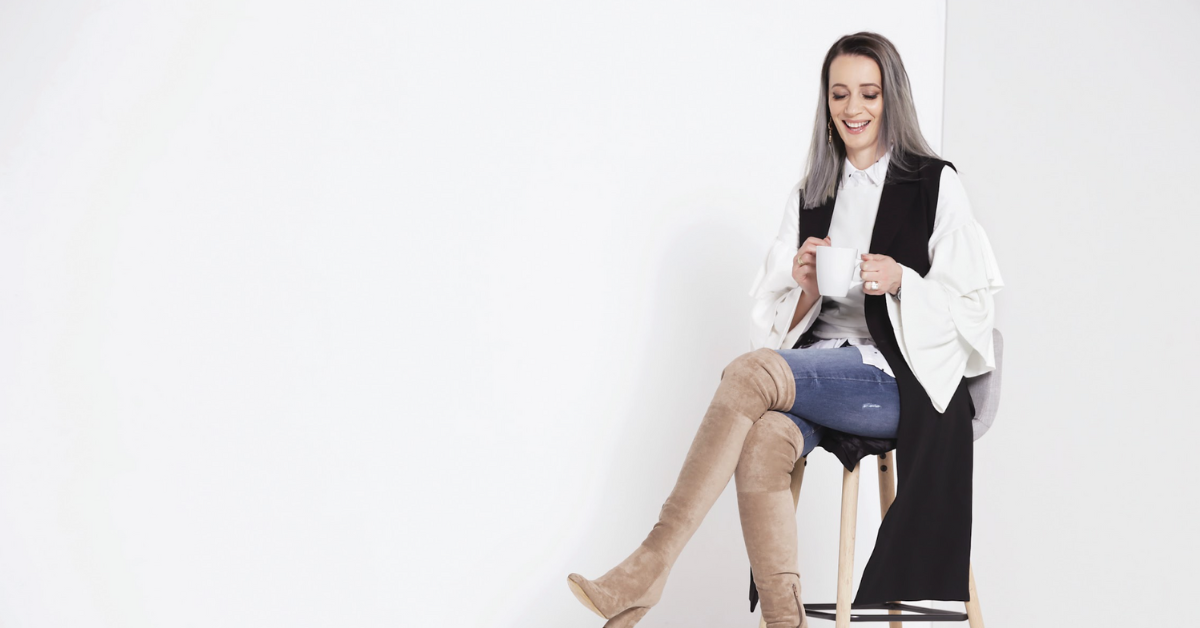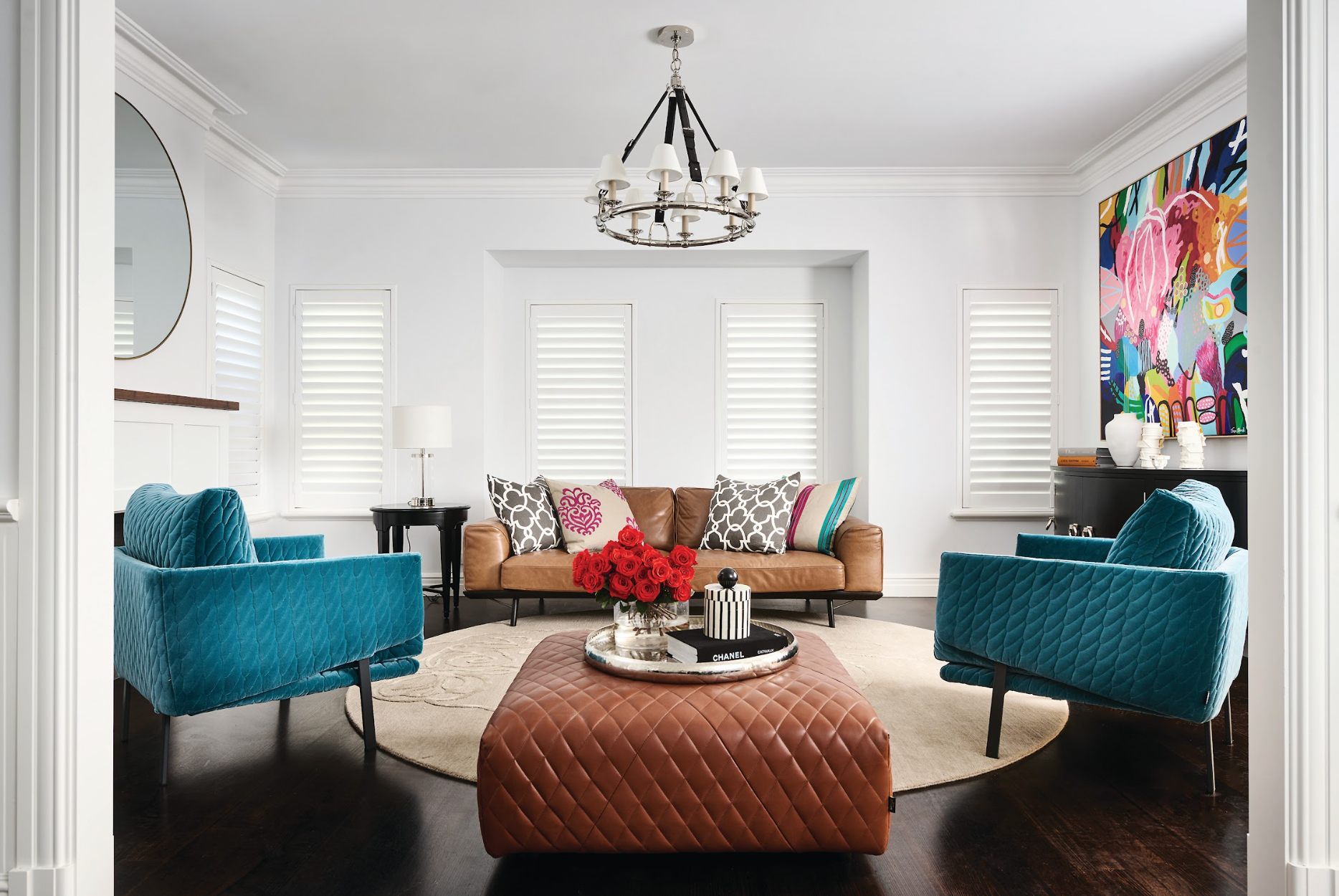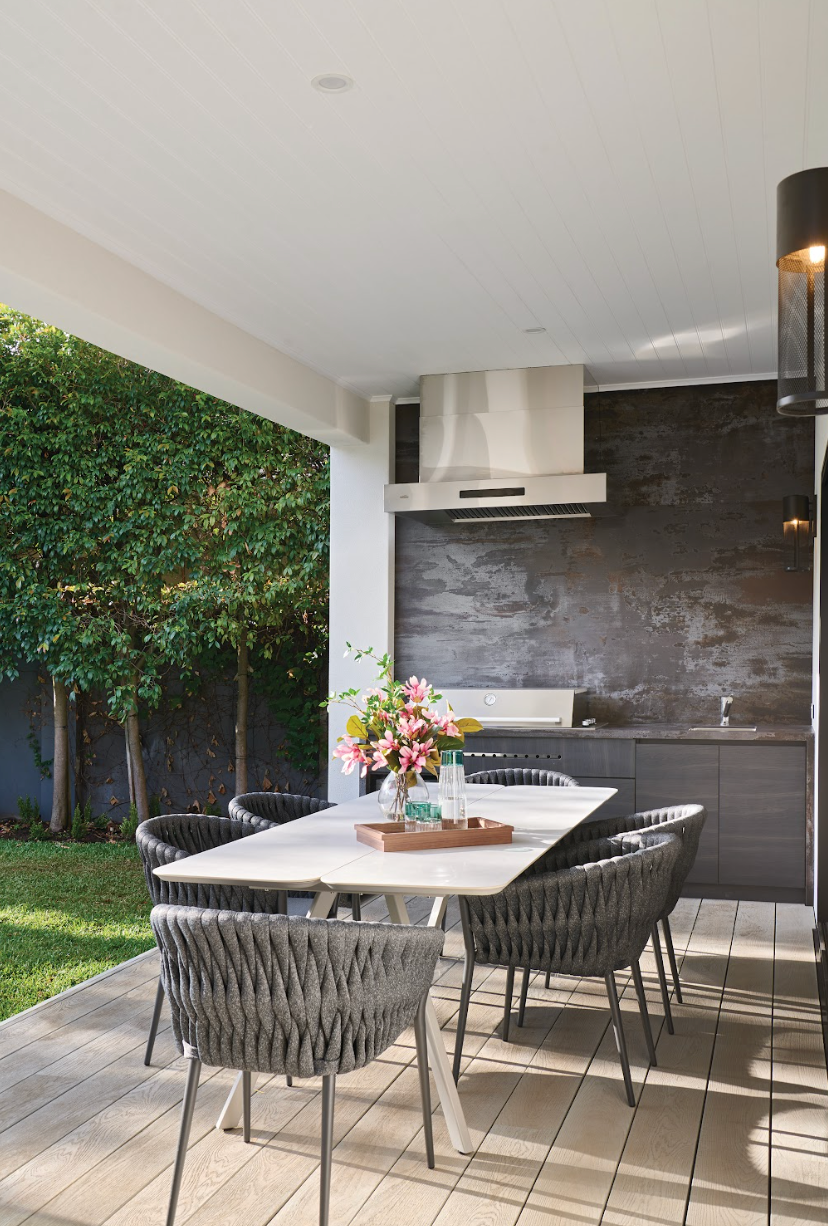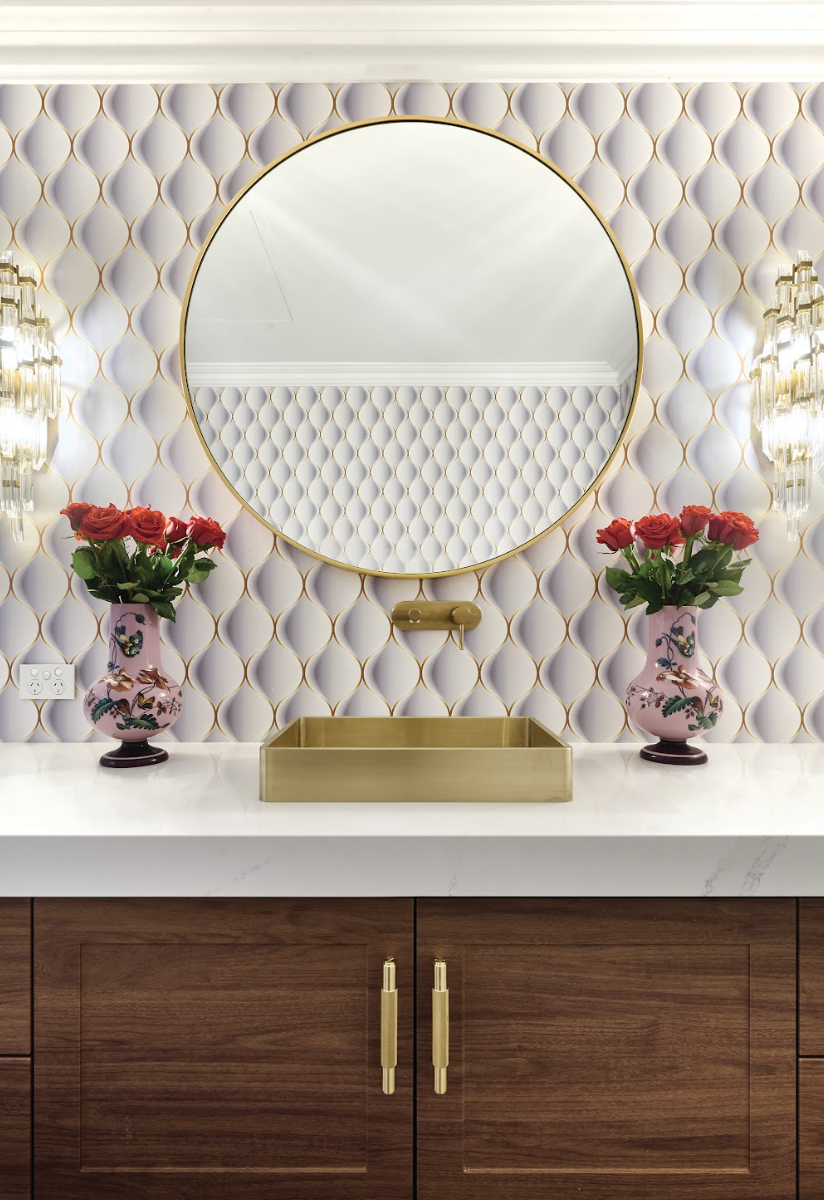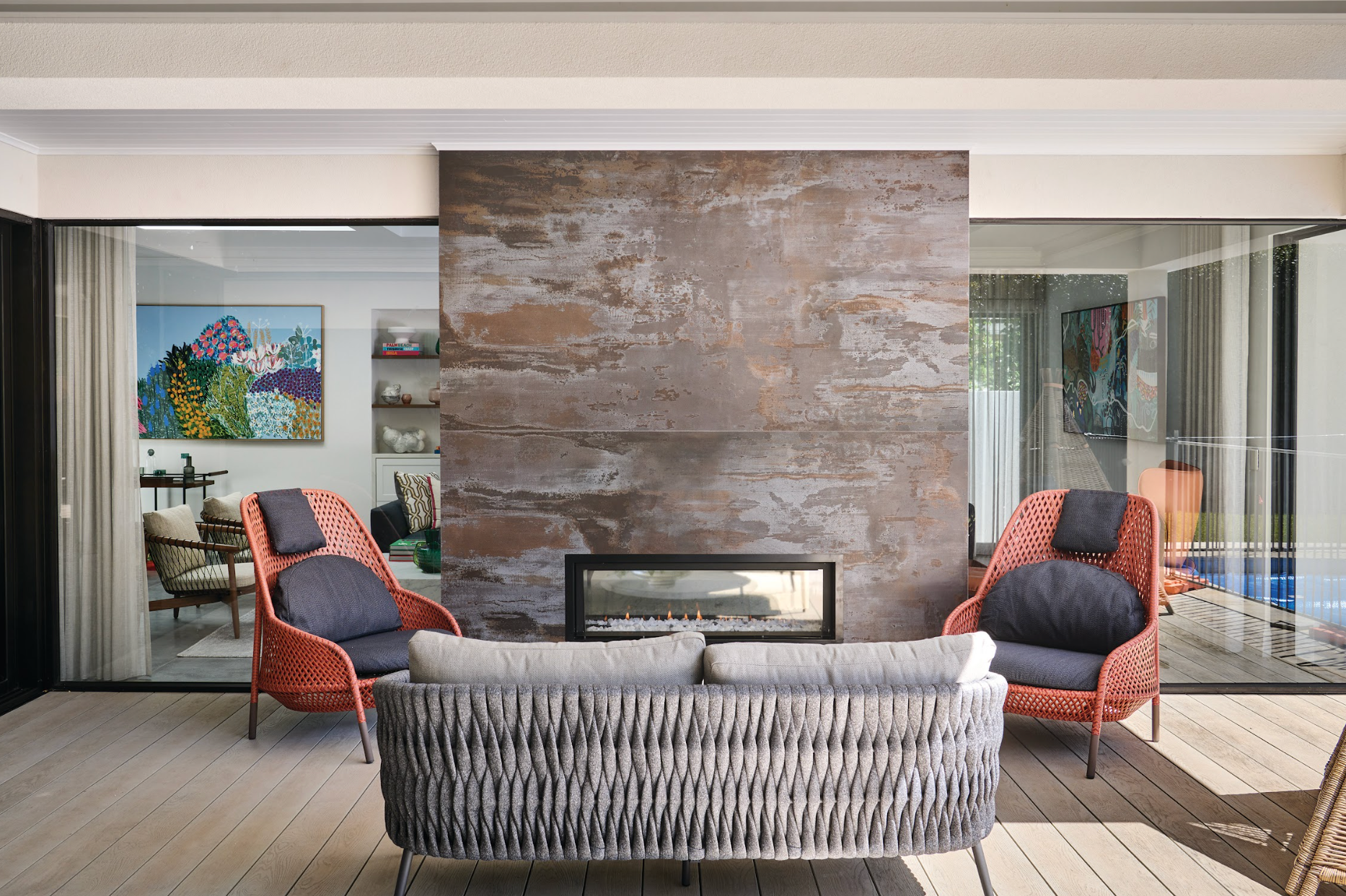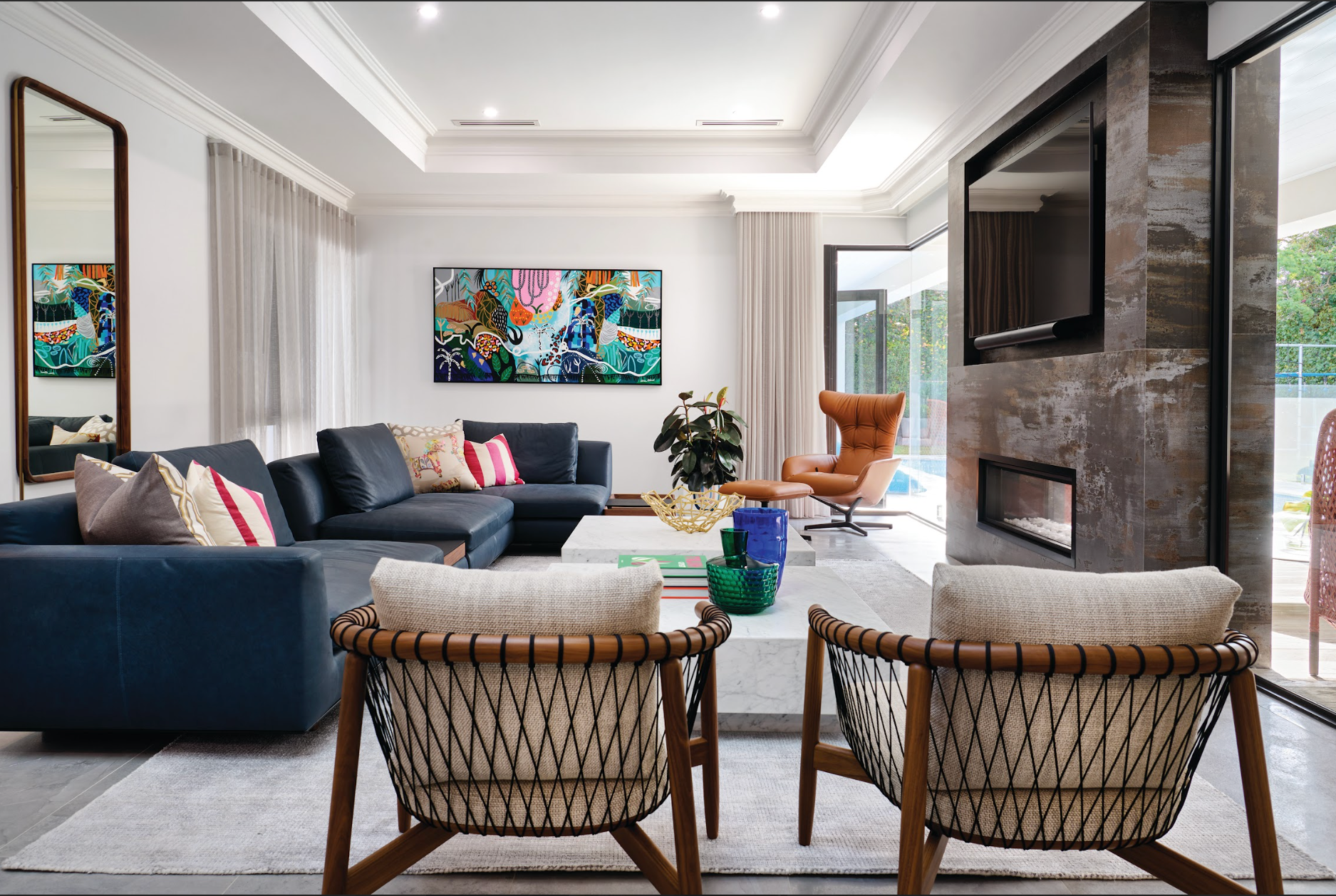Katarina Barakovska has married traditional elements of her clients’ cultures with modern interior design to build her stunning portfolio of work.
Katarina Barakovska is an international interior designer who has gained notoriety for her fusion of modern design techniques with the heritage of her clients, to create stunning interiors in a number of different kinds of structures all around the world.
A Legacy Heritage Designer
Barakovska is the founder and creative director of Moda Interiors, as well as her own personal brand, and has worked with major brands such as Miele, BMW, and Vogue. Notably, she has worked for over two decades as a “legacy heritage designer.” She says that while she always wanted to work in this field, she “wasn’t looking for it … it found me.” According to Barakovska, a legacy heritage designer is “one who really digs to understand people and their past and their culture … one that really takes care to understand the point of difference in a client and their home. Someone who really knows how to amalgamate the present and the past.”
Barakovska also believes that a legacy heritage designer must have “the ability to get to know the client better than they know themselves.” She states that working with so many clients from all around the world greatly influenced her and she always works to make sure that a prominent cultural element is present when working on designing interiors for them. She goes on to say “one of the things that surprises me the most when I analyze why I do what I do, is that beyond my lifelong passion for interior design, it’s really the opportunity to work with people in this way and space. You really get to be creative and interpret people and emotions.”
Requests & Mistakes
Barakovska often finds that her clients want her to help them completely transform their entire interior space. As Barakovska explains, most of her clients say, “Help me create a lifestyle” and she begins her work from there. She goes on to take a look at relevant cultural photos, literature, art, furniture and more when formulating her designs for her clients. This is especially helpful when designing “cultural or religious spaces within homes,” she explains, “such as prayer rooms, to connect people to their faith and family.”
In her years as a legacy heritage designer, Barakovska says that “the most common mistake I see is that people fail to engage an interior designer on time, or not engage our services before the builder.” She goes on to say that “the interior designer really focuses on livability and understanding the clients in depth.” She posits that there is more room for flexibility with the interior designer compared to the builders themselves, and quick design or layout changes and fluctuating budgets are less of an issue. Barakovska describes this by saying: “We always work from the inside out, rather than the outside in, to ensure that we don’t miss anything, and that the end outcome is the owner’s most desired destination.”
Diverse Destinations
While she is of Macedonian-descent, Barakovska is currently based in Perth, Australia. Her perspective allows her to better empathize with her clients’ desire to maintain a sense of culture while living in another part of the world. She is not only versatile and meticulous, but also easily adapts her work to any potential location.
Barakovska finds that “the biggest factor to residential interiors is that there are a lot of emotions.” The interior space is the most personal and shows the personality and lives of the inhabitants at their most open. One of the best examples that Barakovska recalls comes from her own home. She says, “we converted our cinema room to a multi-purpose room that facilitated a space for my husband’s service uniforms to be centerpieces.” Later on, when she moved to a new property, she put in her dining room “a double-sided mirror” which became “a see- through visual merchandise window when the lights are turned on behind the glass. Once you turn the lights off, it becomes an oversized dining room mirror. Within it, we merchandised all of my husband’s uniforms to really merge the past and present and bring our family’s story in our home.”
The Ever-Evolving Future
Barakovska’s work in interior design is already revolutionary, but she still sees plenty of room for change within the industry. “I see people focusing more on quality over quantity,” she says, “spaces will become more storytelling experiences, rather than just voluminous spaces and empty rooms.” Additionally, she believes that the advancement of technology will continue to incorporate itself within the home. “There will be even less human contact,” she says, “and a lot of things will be computerized, however, it’s a generational thing to consider too.” While certain groups still prefer tactile materials, technological integration is inevitable in Barakovska’s perspective. She states that technology creates “opportunities for access and creativity in different forums.”
As for her own future endeavors, Barakovska is extremely optimistic. Despite only working on two to four major projects in a given year, she looks forward to working closely with them on their designs and going on a journey with them through their personal histories. She looks at “working around the world as if the world had no borders” and hopes to continue to “experience different cultures and how they live.”


